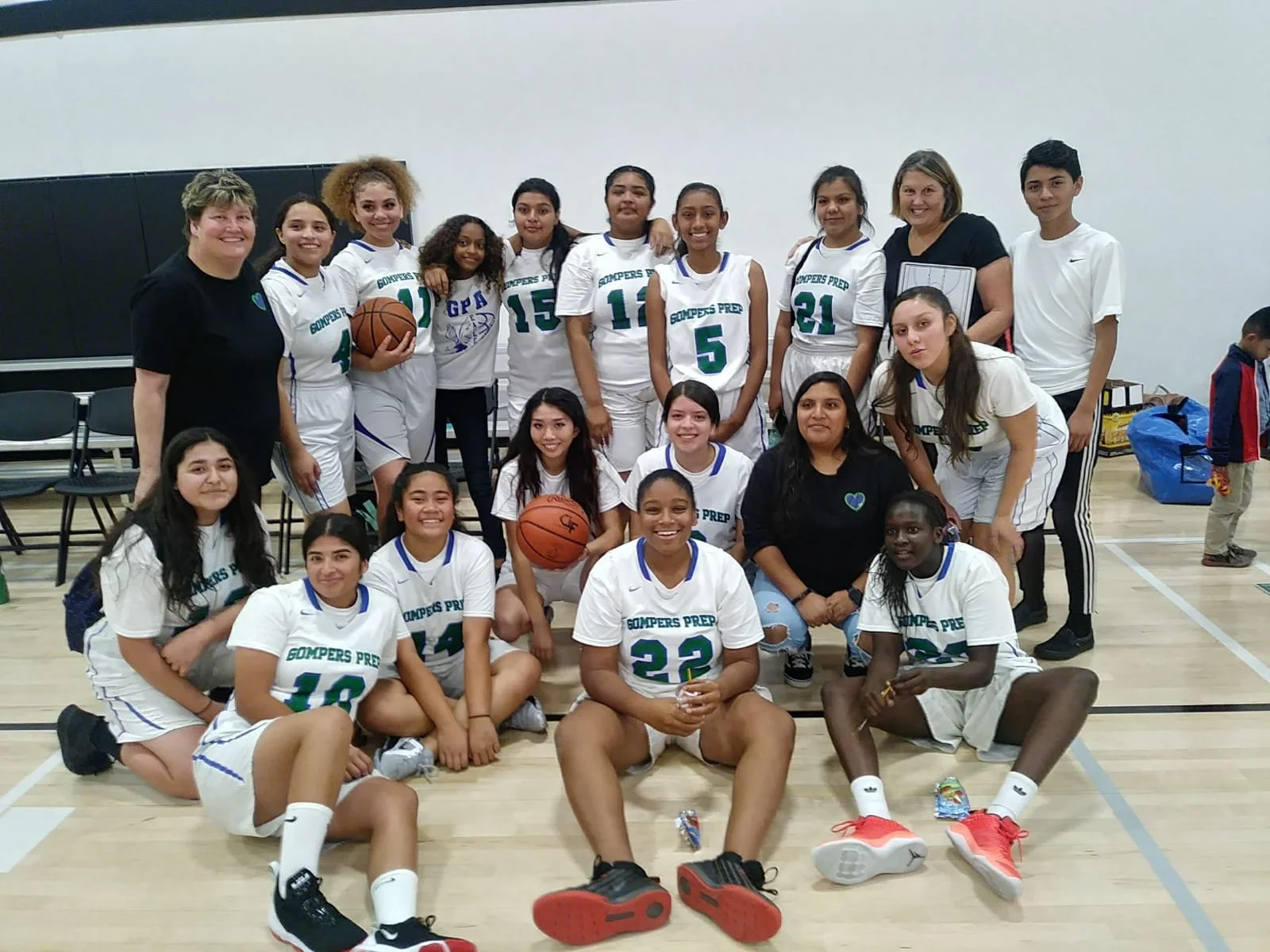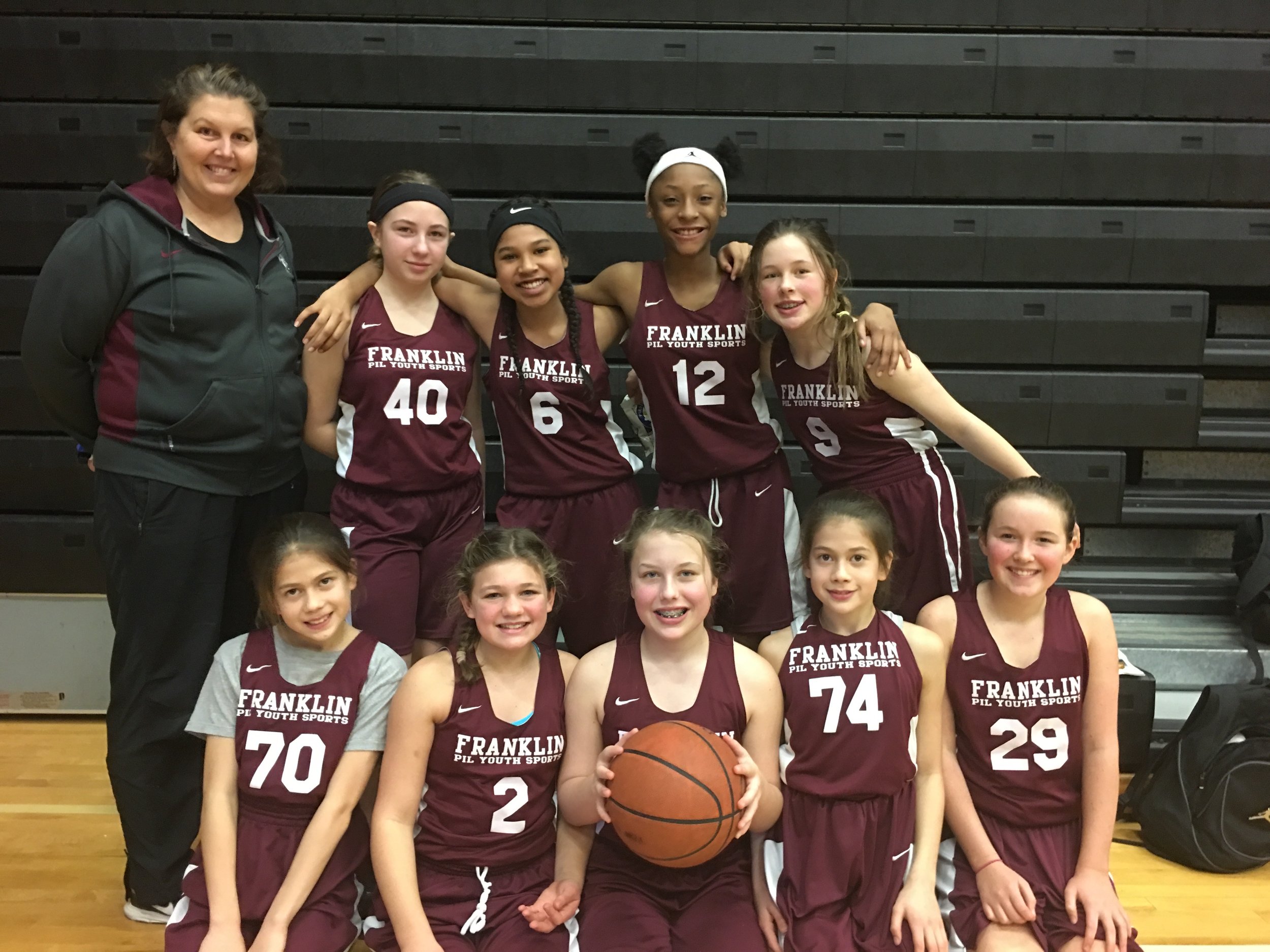BASKETBALL WITH BERNADETTE
History
Her coaching experience includes stints as the Varsity Coach at Burlingame and Mills High Schools in Northern California, winning two league championships. From 1994-1996, she worked at the Stanford Women’s Basketball Summer Camps, first as a coach and then as Camp Commissioner. She founded the Girls Metro Mirage AAU Club in the San Francisco Bay area, sending two teams to Nationals in the Club’s second year.
While living in Portland, Oregon Bernadette coached girls and boys teams at all levels: elementary school, middle school, high school and started a basketball program at Reed College. She is most proud of her experience as a co-founder of GYB, a youth basketball organization (Grant Youth Basketball). This organization became an official 501C3 non-profit raising thousands of dollars for the Grant high school basketball programs each year.
She played four years at forward for the University of California San Diego, making the transition from playing point guard in high school and experiencing the game from two very different perspectives. She played internationally with a California traveling team and with a team from Denmark. Bernadette was also a member of the Advisory Committee for the American Basketball League, which was the precursor to the WNBA.
Bernadette Diepenbrock brings limitless enthusiasm and experience to basketball, drawing from her diverse background as a coach, teacher, player and promoter at the youth, high school, college and international levels. Currently credentialed PE Teacher) Bernadette brings a strong teaching element to her coaching style.
For the 2019-2020 school year, Bernadette returned to San Diego and taught PE and coached the Varsity Women’s Basketball Team at Gompers Prep Academy in SE San Diego. During and post Covid-19 pandemic, she coached weekly youth basketball classes to neighborhood “pods” around Scripps Ranch.
Teaching philosophy and approach::
“I believe one of my best strengths is the ability to combine movement and fun. I also love building strong connections and lasting relationships with my students. In a time where Social Emotional Learning (SEL) is paramount, physical education is one class vital to the health of children where they have an opportunity to express themselves, move and regulate their physical and emotional well-being. Movement is so important for everyone. Children need this valuable opportunity to benefit from the social, creative, and physical well-being that regular participation in PE offers.”
Regardless of a child’s socio-economic background, I believe it is important for all students to have expectations made clear and often, in order for them to be successful. Below are some of the strategies I use to connect with students and to create a warm, inclusive learning environment.
I learn and remember every student’s name and pronounce it correctly. Learning students’ names is the first step in building a meaningful connection with every student. I greet students by name every day in class. I provide a physically and emotionally safe learning environment. I work to create a positive culture in all enrichment classes in order for all students to feel safe taking risks. I build routines so the rhythm and expectations of what happens in class is predictable. I teach relevant content. Students are engaged in learning when they believe the content is relevant to their lives. I provide a wide variety of activities in an effort to engage all students. I have whole class circles where we meet and talk. I use a clear and consistent behavior management system. I have three agreements that I use in my practice:
1.) Be Safe. 2.) Be Fair. 3.) Be Kind.
Teaching PE is far more than just training athletes to play sports. Participation in Physical Education activities provides opportunities for students to learn essential life skills such as confidence, perseverance, teamwork, respect for diversity, and sportsmanship. Regardless of whether or not a student goes on to play sports as they get older, these skills will contribute positively to their overall success. At a more immediate level, physical education and sports programs enhance the culture of academic institutions by fostering school spirit and building community. When competition is balanced by encouragement, reasonable goal setting, and personal skill improvement, all students benefit.
I have BA in Communication from UCSD (and a minor in PE). In addition, while attending UCSD, I played and loved participating in four years of college basketball. I was proud to have been recognized as the “winningest player” in school history upon my graduation.
















